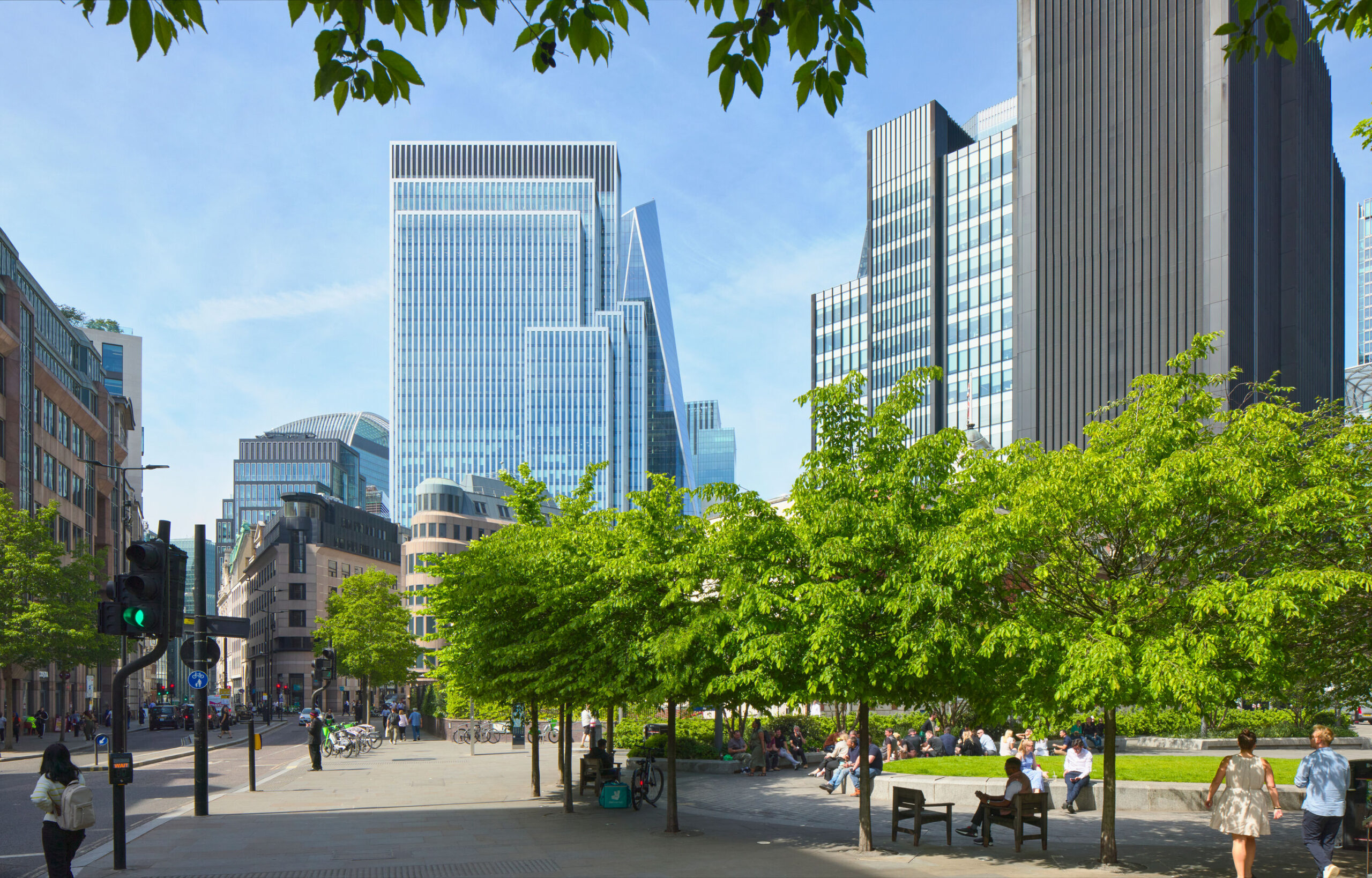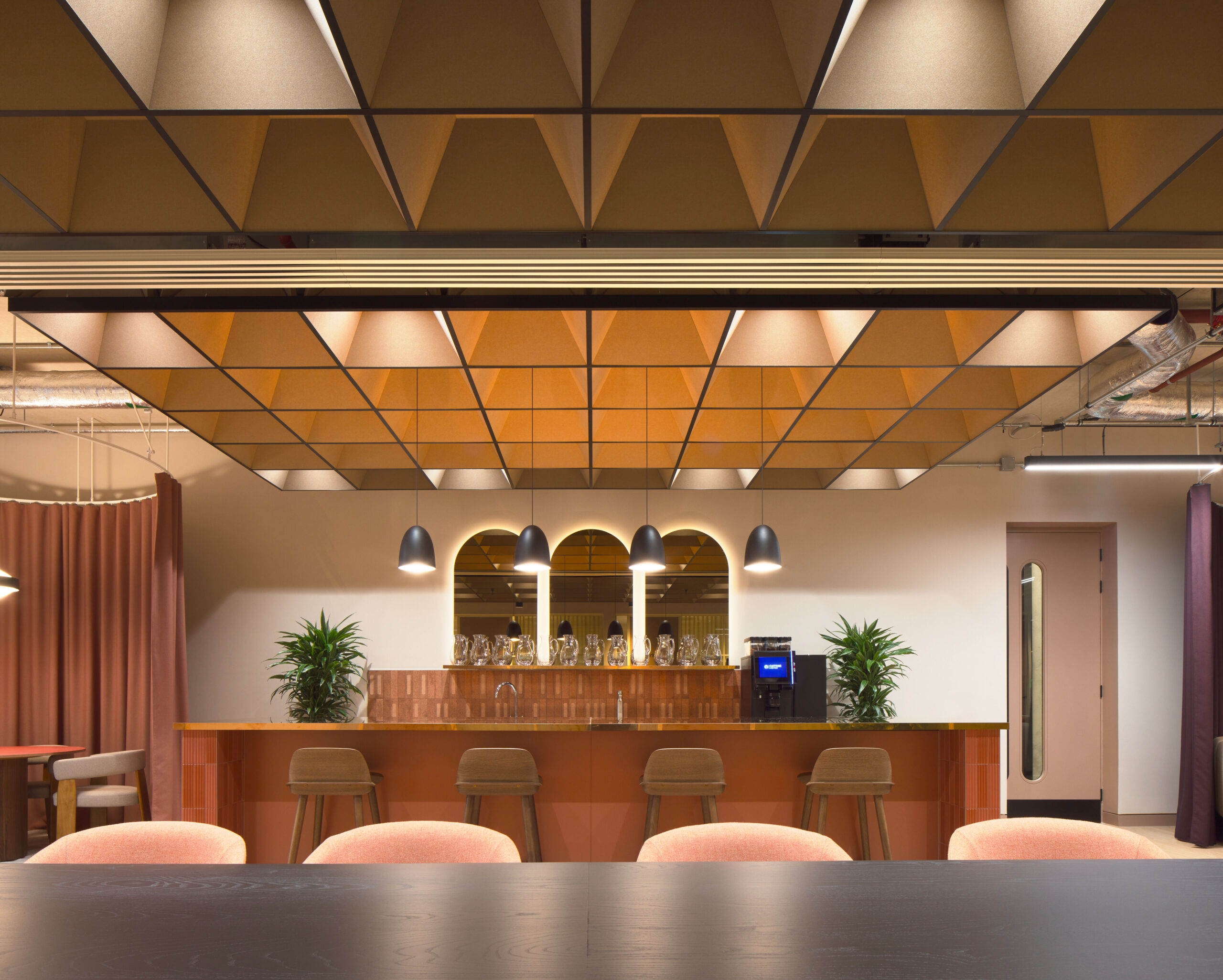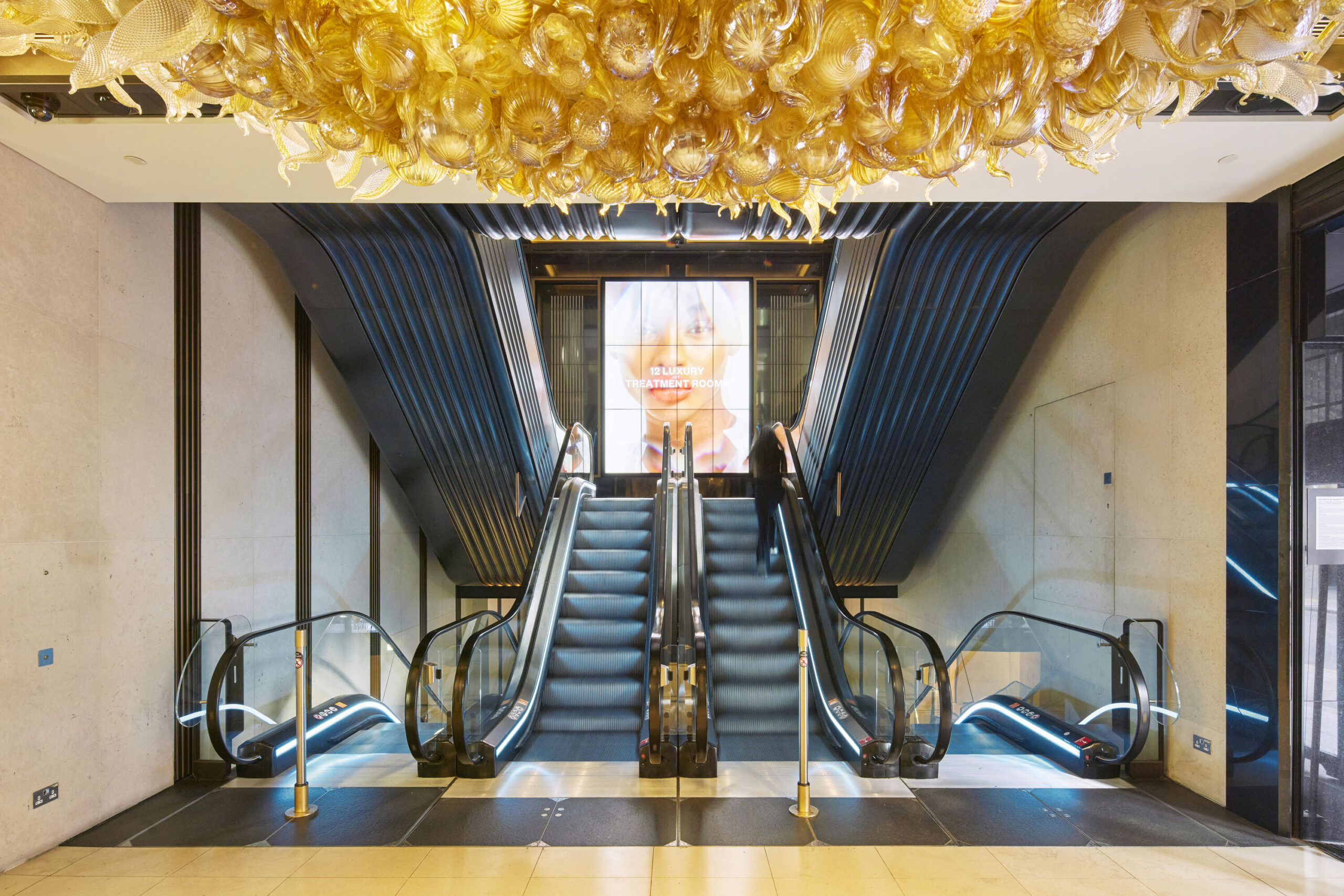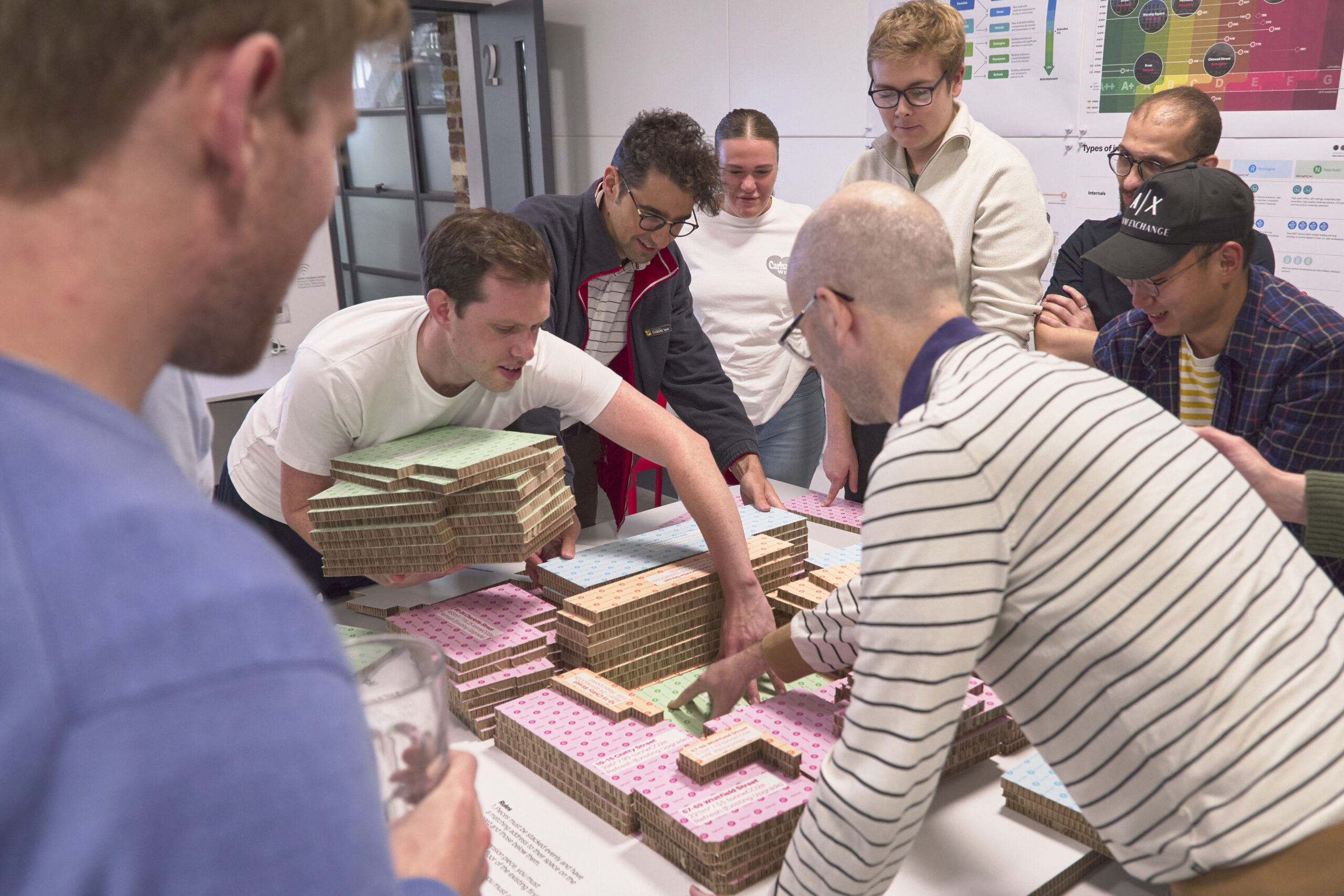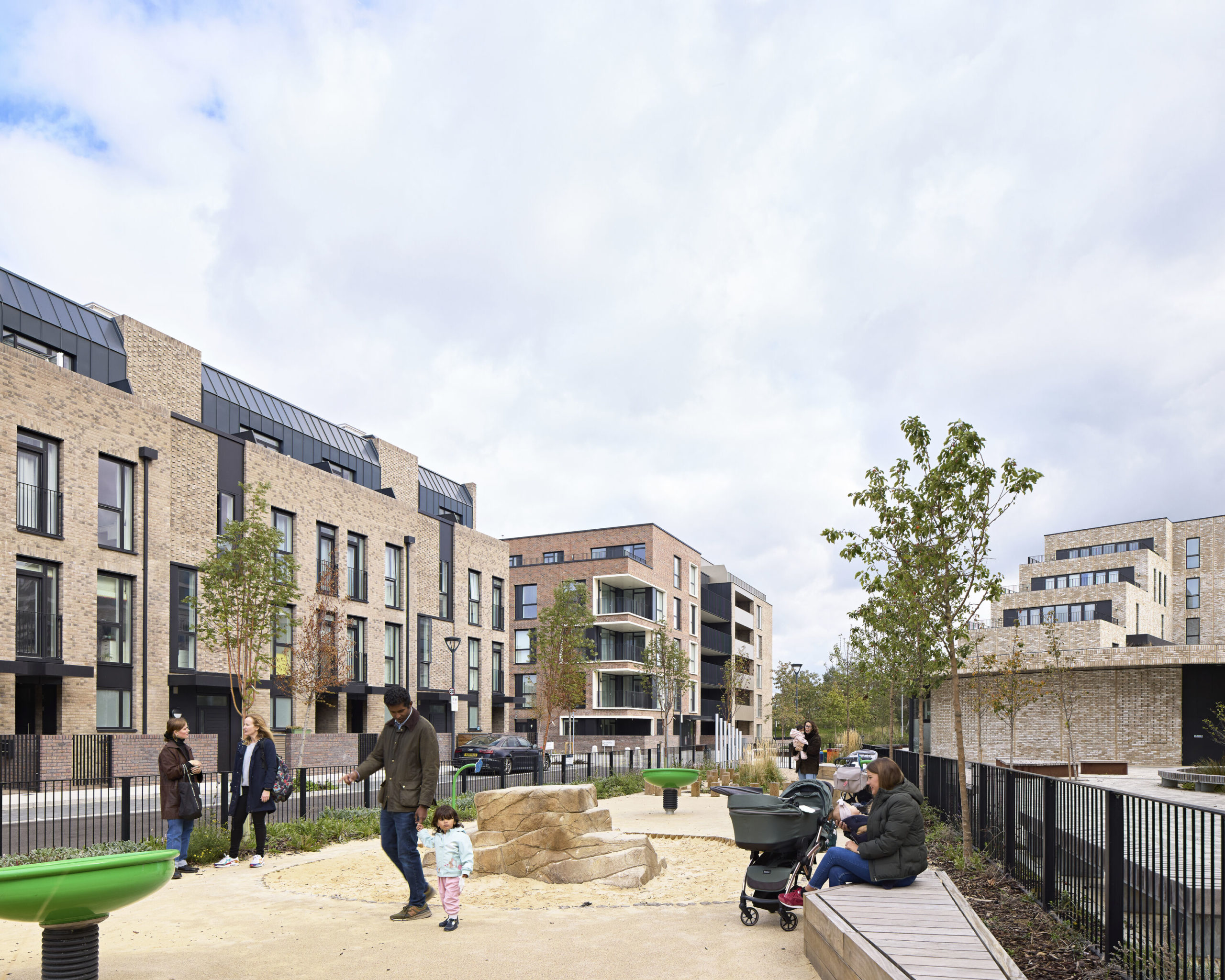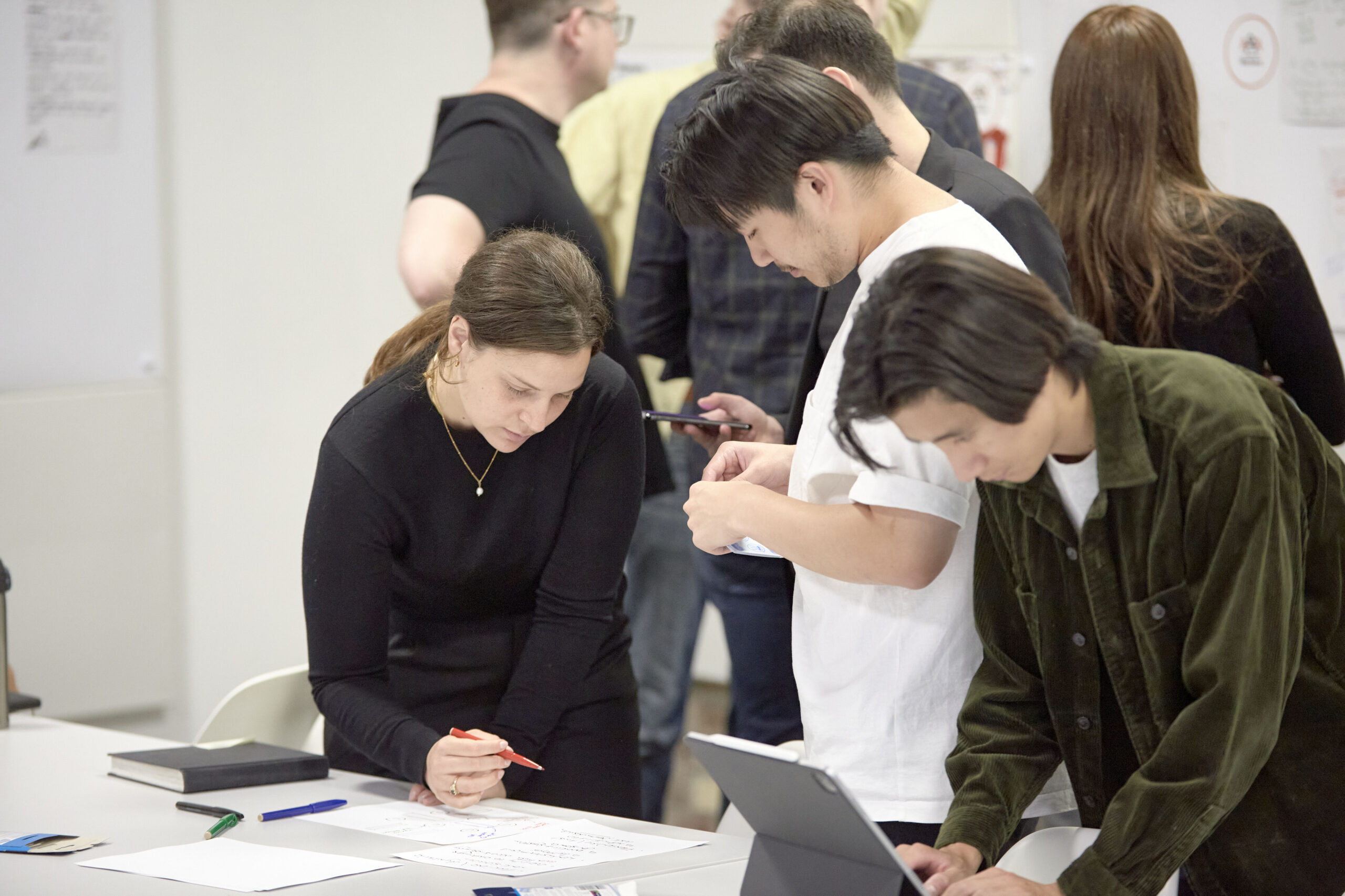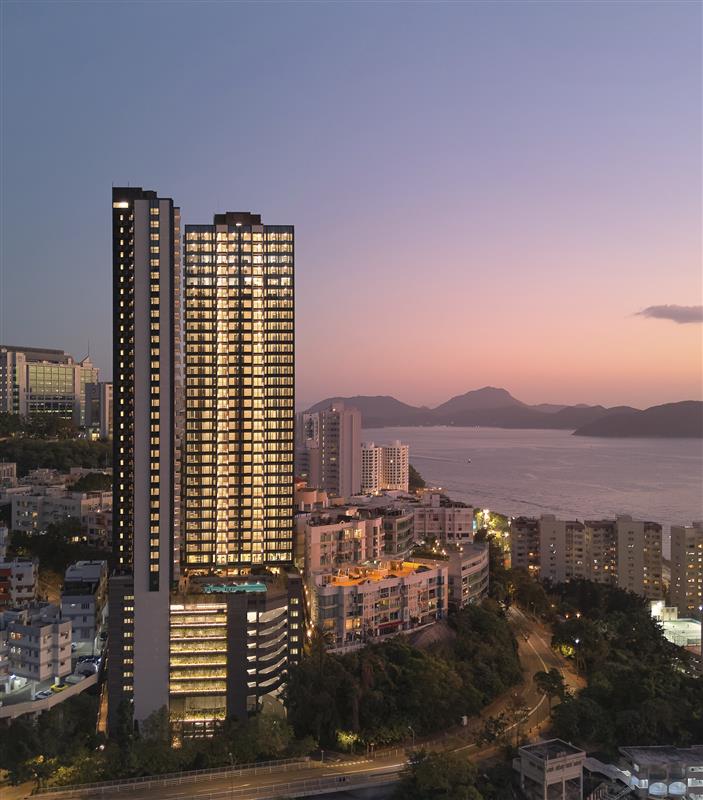

London’s complex mix of the old and the new gives us the ideal opportunity to achieve this. High streets that have been redesigned to force cars to move more slowly and allow pedestrians to move around safely attract shoppers and visitors and create places for people to meet. Oxford Circus, for example, has been transformed through the removal of clutter from the pavements and by introducing clear routes and crossings for people.
Regeneration schemes, such as the Heygate Estate at Elephant & Castle, promise wider reaching benefits. The scheme aims to reconnect communities that have suffered because of past errors which left them isolated from their surroundings, and shift the balance away from a dependence on vehicles. Instead, the focus is on the benefits that can be derived from having easy access to an integrated public transport network and open spaces that encourage social interaction. Walking and cycling are promoted through the provision of appropriate facilities and safe, family-friendly cycling lanes.
There are no easy answers to the challenges we face as we move towards more sustainable transport options and the infrastructure needed to support them. And of course, we’ll only find solutions if we work with local communities to understand the issues. However, I believe the one area that requires consistency is our collective commitment to high quality design. This is something that Sir Terry Farrell is looking into as part of his review of architecture and the built environment in England. His findings are expected shortly and I would welcome any recommendations that help us break down barriers in communities and connect people quickly, safely and sustainably.
Originally posted on Ken Shuttleworth’s Building magazine column.




